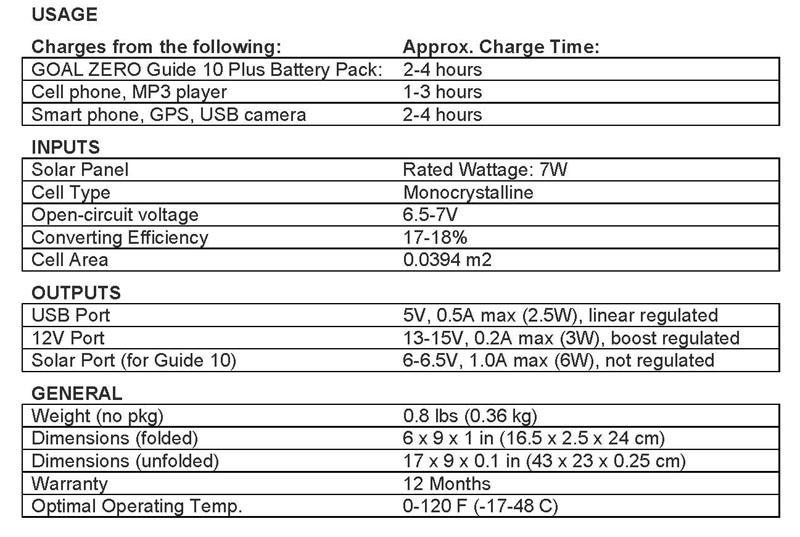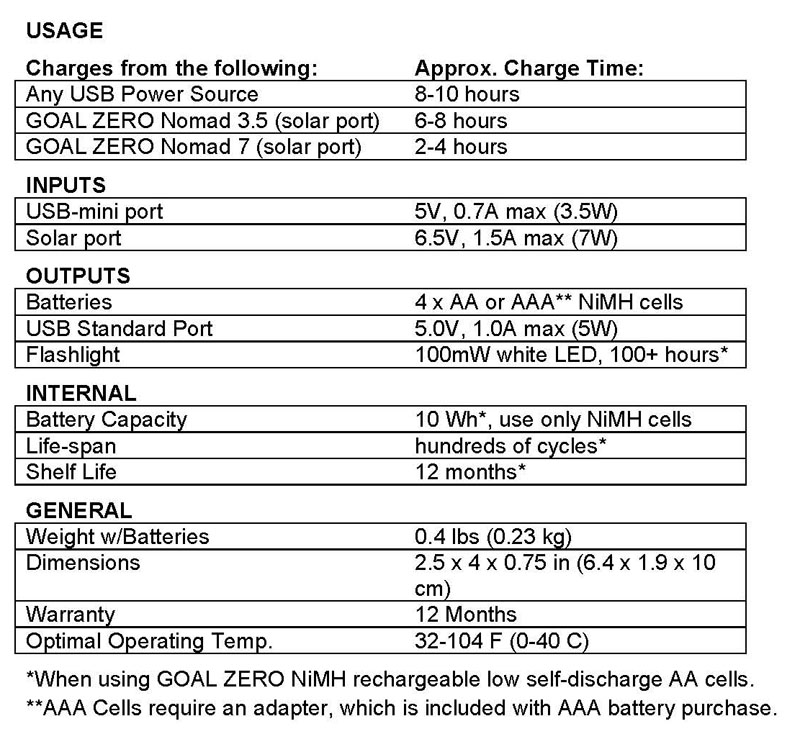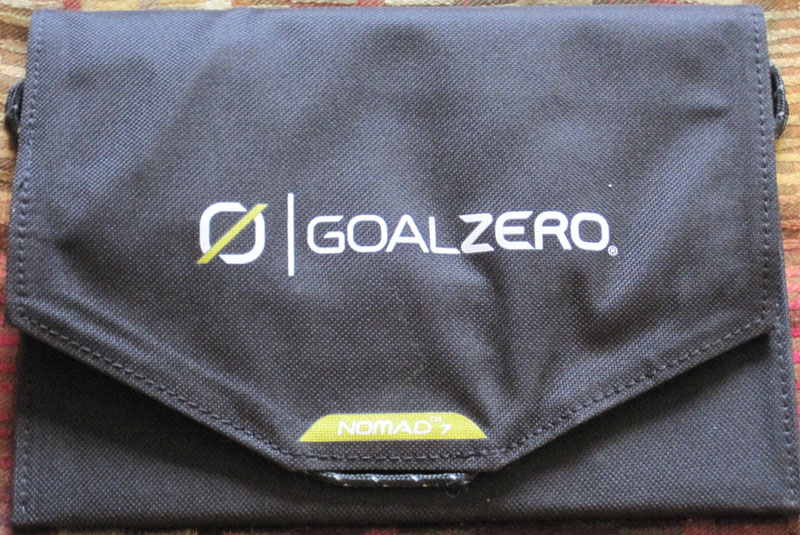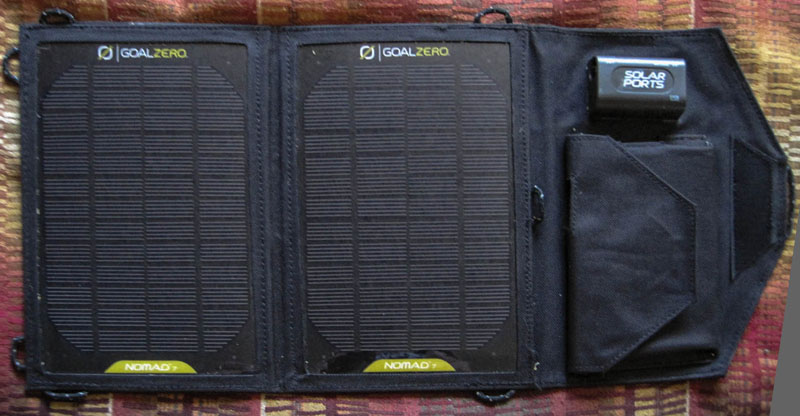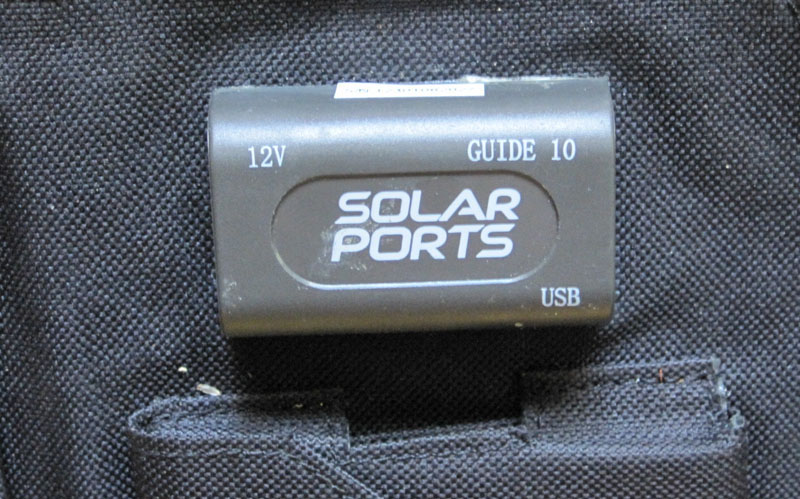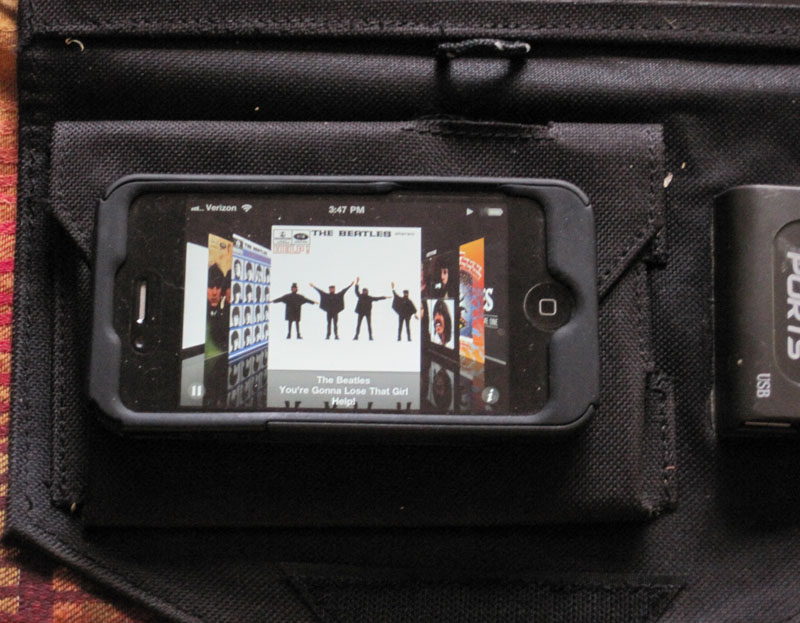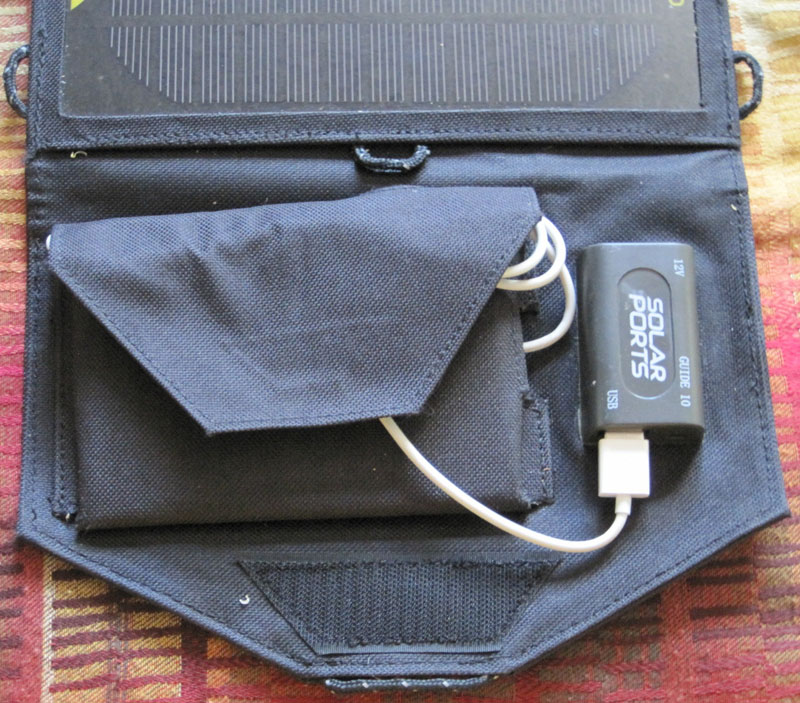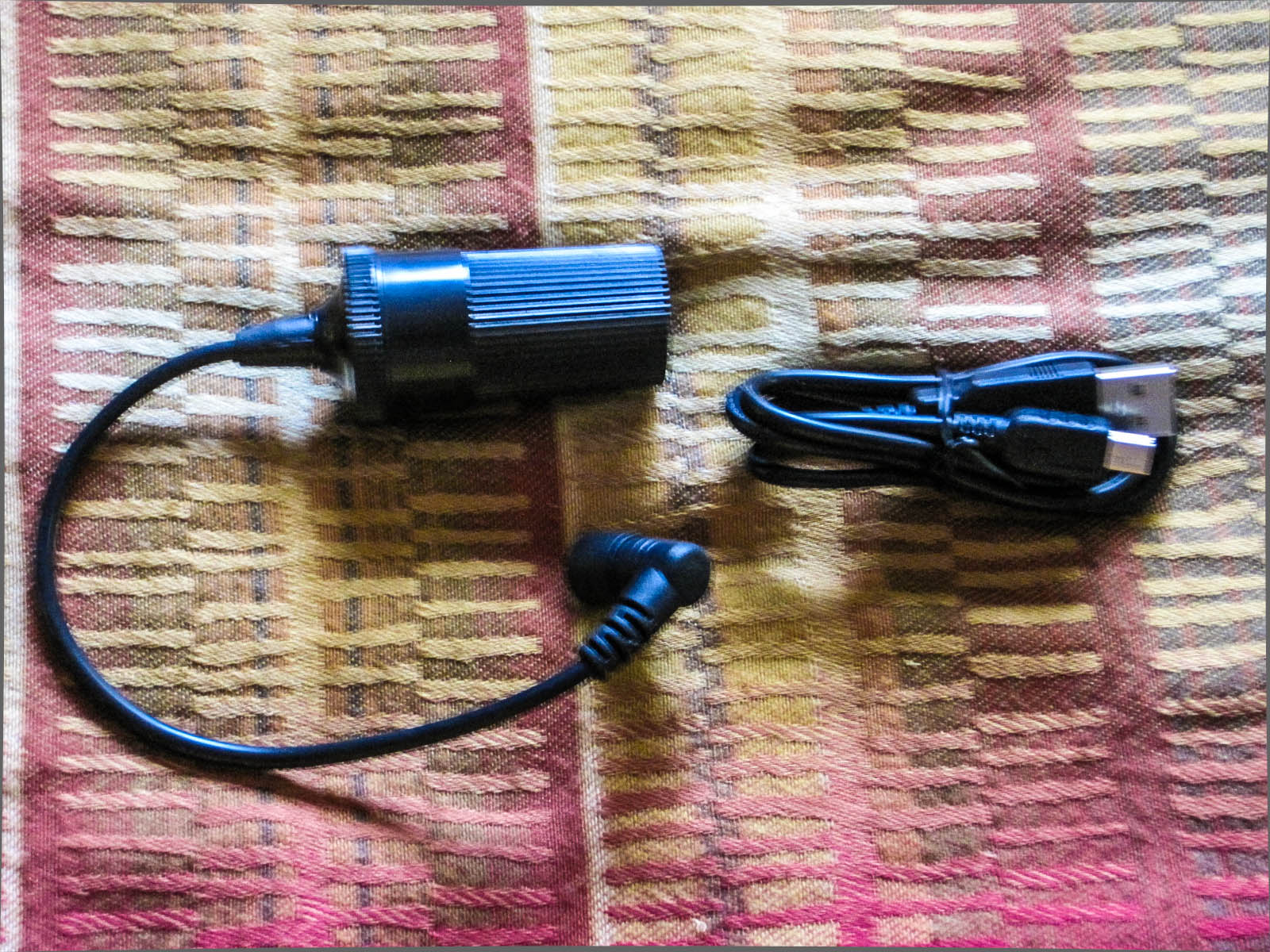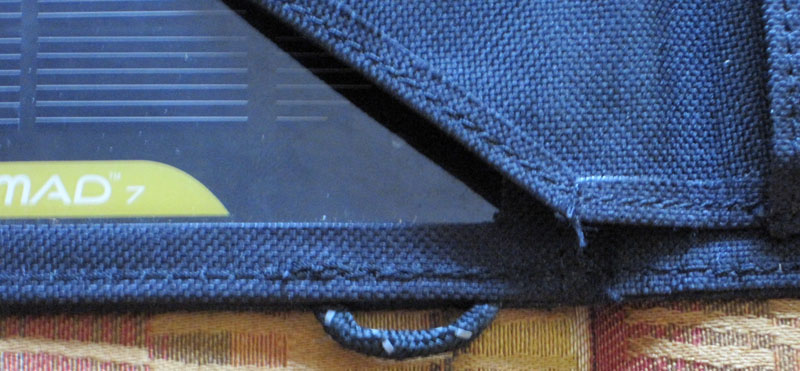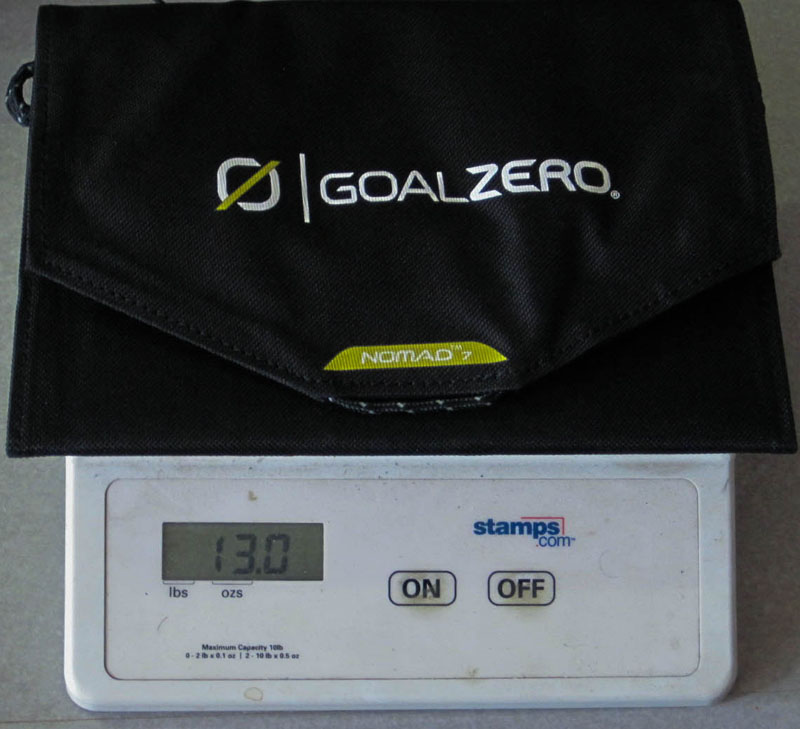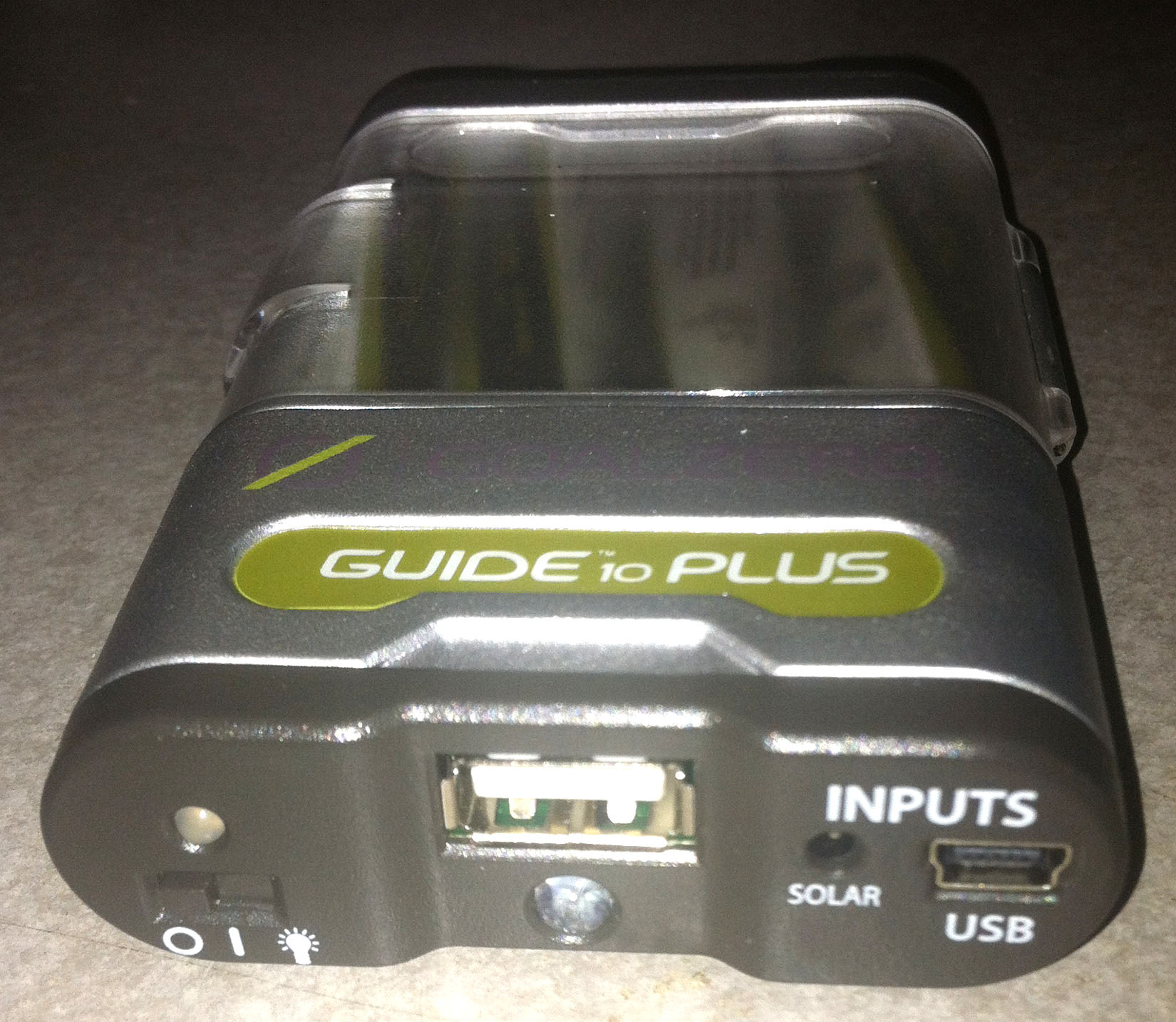Recently I wrote about our RV solar system, which is the best and most favorite modification done to our tent trailer camper. Do I use solar when backpacking? The answer is a simple, “No.” However, some backpackers find them useful. If you are one who is wondering about using solar as part of your backpacking kit, this article might be interesting or even helpful.
If you are interested or are thinking about a solar system for backpacking, you might want to read my RV Solar System post. The principles are pretty much the same, except for a camper we are thinking in terms of amperage and amp hours, and with small electronics it is milliamps and milliamp hours.
EVERYTHING WEIGHS SOMETHING
When camping in our tent trailer, we can take a lot of creature comforts and “nice to have” items. Weight is not an issue; we have plenty of cargo capacity. If we need something or might need something, we take it. Luxury and comfort often take priority.
But when I am backpacking, weight is a prime consideration. If I don’t need it, I am not bringing it. My definition of need is: is the item is required to keep me warm, dry and safe. And if I need an item, is there a better and lighter option? For me most electronic items on a backpacking trip are unnecessary dead weight – things I really don’t need. I don’t like electronic gadgets when backpacking. They can break, fail, or the batteries can go dead. So you won’t find a cell phone, GPS, iPod, eBook, or other battery powered gadget in my pack. I do carry a small flashlight or sometimes a headlamp. Occasionally I bring a camera. For my thoughts on electronics, you may want to read my thoughts on
I have experimented with GPS units and an iPhone on a few backpacking trips and I just don’t like them. However, if I were to do a multi-month trip, I would consider a smart phone to stay in contact with my wife. If a hiker relies on a GPS unit for navigation, then it would be wise to have a back-up in case of failure, which is a map and compass. But, if one has a map and compass and knows how to use them, then in my mind a GPS is redundant and unnecessary weight.
The fact is, many backpackers want to carry electronic stuff and find them useful or even critical pieces of gear in their kit.
If you want to carry this stuff, go ahead, it’s okay. Just isn’t my personal cup of tea. How I backpack is not the right way; there is no right way. Aside from the potential failure of one of these gadgets; keeping the batteries charged is a challenge, especially on extended trips. At first look solar seems like a good idea, but for most lightweight backpackers small portable solar panels weigh too much and just aren’t going to conveniently do the job of keeping batteries charged. For most people, spare batteries are probably a better option, if your device has replaceable batteries. One thing about my Apple devices (iPod, iPhone, iPad) I hate is that the battery is not designed to be replaceable by the user. For devices with built in batteries one can purchase (or even build) battery packs that can recharge devices that have USB charging ports. These battery packs usually have four AA batteries and will have an output or 5 volts at 1.0 amp (maximum).
STRATEGY
As I wrote in the RV Solar page, there were three possible charging strategies for our camper when I started to plan a system:
- Provide enough battery charging so by the end of two weeks our battery bank would not be below 50% of the rated amp hours (I call this just in time charging).
- Provide enough battery charging so that by the end of each day our battery would be fully charged (this assumes perfect weather).
- Provide enough battery capacity to keep battery amp hours above 50% should we have a week of bad weather, and have the ability to fully charge the battery bank in one day of good weather (optimum) system.
For the backpacker, a similar strategy needs to be developed. That is, what does the hiker need the solar system to do? Some possibilities might include:
- Provide enough battery capacity for a limited number of days to supplement the device(s) batteries, assuming there would be time to charge them.
- Provide enough battery charging so that by the end of each day the battery would be fully charged (this assumes perfect weather).
- Provide enough battery charging so there would always be battery power, even if it rained for several days, which would require extra batteries.
As with our camper, one would need to determine daily electrical usage, the amount of reserve battery capacity if extra batteries are carried, and calculate the recharge rate of the solar system under ideal weather, and for crappy weather.
Calculating the consumption of something like an iPhone or a GPS may not be simple, because they can be used in many configurations and consumption rates vary. For most backpackers the best way is to take some short trips and see how long the devices last in typical use.
At this point the backpacker could determine:
- How many hours (or days) devices last before the battery is dead.
- If they look up the specifications of their battery, they can calculate their daily milliamp requirements.
- The output of a solar system they might be considering.
- Additional battery storage that might be required.
HOW SOLAR PANELS REALLY WORK
If we consider the solar system on our camper, under ideal conditions, in the summer, panels oriented properly towards the sun, heavy gauge wiring, etc. we probably have around 90% efficiency of the rated output.
For the backpacker, unless they are willing to stop daily and recharge the batteries, a solar system is going to be inefficient. First of all, you would need to walk in a direction that fully exposes the panel to the sun – no turning or zigzagging. Also you would not want to walk in any shaded area. You should get the picture. What would the efficiency be? I don’t know. But I would think it probably would be less than 25% of the rated output.
Let’s take a look at a popular solar system on the market today that might fit the needs of a backpacker.
GOAL ZERO NOMAD 7 SOLAR PANEL
A couple years ago Joyce bought me a GoalZero Nomad 7 system. This is not the lightest system you could assemble, but for many backpackers it is attractive as an off-the-shelf solution, along with the Guide 10 Plus battery pack.
Specifications:
The panel (actually there are 2) is contained in a heavy nylon case. You cannot remove the panels. There is an included charge controller with a USB port, a 12 volt port, and a Guide 10 port for the GoalZero Guide 10 battery pack(s).
The GoalZero Guide 10 battery packs will charge AA or AAA batteries. The GoalZero Guide 10 battery pack weighs 6 ounces loaded with 4 AA rechargeable NiMH batteries. So the entire set up with one battery pack is 19 ounces.
GOAL ZERO GUIDE 10 BATTERY PACK
Specifications:
So what does all of this mean?
Without getting into a lot of technical details, let’s assume you have an Apple iPhone 4. The battery capacity of the phone is 1420 milliamp hours (mAH) and is rated at 3.6 volts.
The Guide 10 Battery Pack with 4 Goal Zero batteries (1.2 volts and 2000 mAH capacity) are wired in series giving you 4.8 volts with 2000 mAH capacity). This means you can charge the iPhone directly from the battery pack around 1.4 times.
Since the battery pack is 4.8 volts, there is enough difference in voltage for the battery pack to charge the iPhone. As the battery pack loses voltage, the charging time increases. I verified that it takes 78 minutes for a fully charged battery pack to recharge a completely discharged iPhone 4.
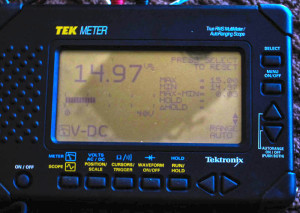 I did many measurements on the Nomad 7 and Guide 10 Battery Pack, testing voltages and amps, using an expensive digital storage oscilloscope and the good news is that the specifications are accurate. The Nomad 7 solar panel is rated at 500 mAH USB output, so in perfect conditions it would take 2.8 hours to recharge an iPhone, which is pretty close to the actual time under perfect conditions; summer time with sun at its highest point and the panels oriented directly towards the sun. Now if you are hiking with the panel attached to your backpack, plan on at least 5 times this charge rate and maybe even 10 or more times the rate depending upon the conditions.
I did many measurements on the Nomad 7 and Guide 10 Battery Pack, testing voltages and amps, using an expensive digital storage oscilloscope and the good news is that the specifications are accurate. The Nomad 7 solar panel is rated at 500 mAH USB output, so in perfect conditions it would take 2.8 hours to recharge an iPhone, which is pretty close to the actual time under perfect conditions; summer time with sun at its highest point and the panels oriented directly towards the sun. Now if you are hiking with the panel attached to your backpack, plan on at least 5 times this charge rate and maybe even 10 or more times the rate depending upon the conditions.
If one had a smart phone with a replaceable battery, instead of the 19 ounces of solar system and battery pack, you could carry 19 or more batteries, depending on the weight of each. However, if you had more than one device with different kinds of batteries, all of which could be charged via a USB connector, there are advantages with a battery pack like the Guide 10.
If you stopped every day during the middle of the day and most days were sunny, in about 3 hours you could do a lot of recharging. Assuming it is summer time.
Above: The Nomad 7 solar panel folded.
Above: Opening the flap, information about the panel is shown.
Specs:
USB output: 5V (5 watts max)
12V output: 13-15V (4 watts max)
Guide 10 output: 6-6.5V (7 watts max)
Above: Panel open. Notice there are two elastic tie-outs on each side and the bottom. There is a larger one on the top.
Above: Close up of charge connection block.
Above: The panel includes a smaller pocket to store an electronic device or battery back while charging. Here is my iPhone, so you can get a feel for the size.
Above: iPhone in charging mode.
In addition to the convenient pouch to store the phone while charging, it helps keep the phone cool. If the temperature of an iPhone gets around 120F, the phone will shut off. Last summer I was doing some testing near the Golden Trout Wilderness, while camping in our tent trailer. Ambient temperature was 85F, elevation around 7,000 feet. Leaving the phone in directly sunlight heated it up in about 15 minutes and it shut down.
Above: The panel comes with a mini-USB cable and a 12 volt cable.
Above: Close-up of the a loop.
Above: Nomad 7 on the scale.
Weight is 13 ounces. Add 6 ounces if you want to carry the Guide 10 Battery Pack (weight includes 4 AA batteries).

Above: Guide 10 Plus Battery Pack.
Above: Guide 10 Battery connections and operating controls.
The unit includes a LED flashlight, on/off switch, and a port to charge it from the GoalZero solar panel or any USB 5 volt source. The light and the USB output port are in the center of the unit. Above the on/off switch is an indicator light (green, yellow, red) to show the battery pack’s state of charge.
Summary
I am not advocating solar for backpacking; I do advocate you just leave all the electronics at home. However if you want to go solar, hopefully this article will provide a high level summary of a system that might work and food for thought on how one might put together a system. I do use the Guide 10 Battery Pack when traveling on business. It resides in my computer bag, and sometimes when I have used my iPhone a lot during the day it is a great accessory. Better than wandering around an airport looking for a 110 volt outlet.
